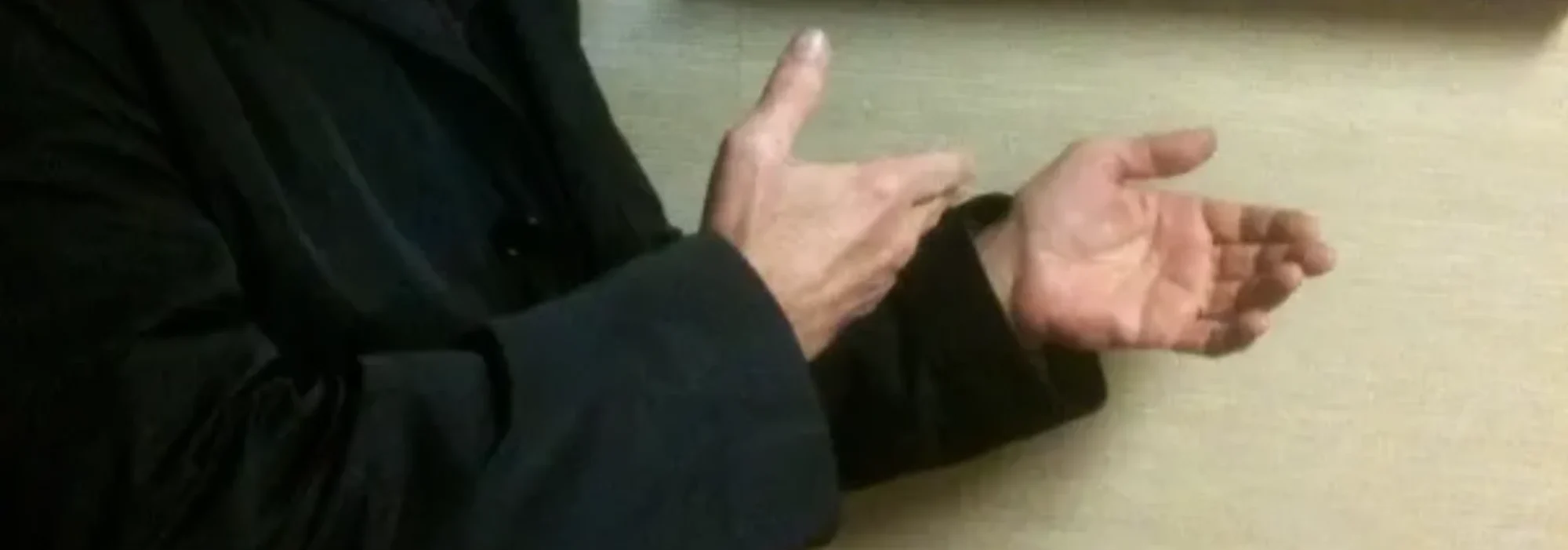Notebook Export
Other Minds: The Octopus, the Sea, and the Deep Origins of Consciousness
Citation (MLA): Godfrey-Smith, Peter. Other Minds: The Octopus, the Sea, and the Deep Origins of Consciousness. Farrar, Straus and Giroux, 2016. Kindle file.
2. A History of Animals
Bookmark – Page 24 · Location 307
Highlight(blue) – Page 36 · Location 475
What is the case, though, is that the senses, the nervous systems, and the behaviors of each animal began to evolve in response to the senses, nervous systems, and behaviors of others. The actions of one animal created opportunities for and demands on others. If a yard-
Highlight(blue) – Page 36 · Location 481
The Cambrian witnessed the appearance of both the compound eyes seen today in insects and camera eyes like our own.
Highlight(blue) – Page 38 · Location 504
these animals.
Highlight(blue) – Page 38 · Location 506
only three of the major animal groups produced some species with complex active bodies (CABs). Those groups are arthropods, chordates (animals like us with a nerve cord down their back), and one group of mollusks, the cephalopods.
Highlight(blue) – Page 39 · Location 518
anomalocarid.
Highlight(blue) – Page 42 · Location 528
What an amazing image: in a long evolutionary process, a motion-controlling brain marches up through your head to meet there some light-sensitive organs, which become eyes.
3. Mischief and Craft
Bookmark – Page 43 · Location 548
Bookmark – Page 48 · Location 625
Highlight(blue) – Page 50 · Location 648
When we try to compare one animal’s brainpower with another’s, we also run into the fact that there is no single scale on which intelligence can be sensibly measured.
Bookmark – Page 51 · Location 654
Bookmark – Page 65 · Location 841
4. From White Noise to Consciousness
Highlight(blue) – Page 79 · Location 1017
panpsychists
Highlight(blue) – Page 80 · Location 1032
tactile vision substitution systems (TVSS),
Highlight(blue) – Page 87 · Location 1131
The story I am working toward is one of gradual change: as sensing, acting, and remembering became more elaborate, the feel of experience became more complex along the
Highlight(blue) – Page 90 · Location 1171
The senses can do their basic work, and actions can be produced, with all this happening “in silence” as far as the organism’s experience is concerned. Then, at some stage in evolution, extra capacities appear that do give rise to subjective experience: the sensory streams are brought together, an “internal model” of the world arises, and there’s a recognition of time and self.
Highlight(blue) – Page 95 · Location 1245
These results do provide support for a view of pain as a basic and widespread form of subjective experience, one present in animals with very different brains from ours.
Highlight(blue) – Page 95 · Location 1249
try. The title of this chapter
Highlight(blue) – Page 96 · Location 1261
Subjective experience does not arise from the mere running of the system, but from the modulation of its state, from registering things that matter. These need not be external events; they might arise internally. But they are tracked because they matter and require a response. Sentience has some point to it. It’s not just a bathing in living activity.
5. Making Colors
Highlight(blue) – Page 125 · Location 1634
deimatic
6. Our Minds and Others
Bookmark – Page 137 · Location 1788
Highlight(blue) – Page 137 · Location 1795
These sensations
Highlight(blue) – Page 153 · Location 2013
The nervous system arose through one internalization of sensing and signaling, and the internalization of language as a tool for thinking was another.
Highlight(blue) – Page 155 · Location 2047
Diaries and notes-to-self are embedded in a sender/ receiver system, just like more standard kinds of communication.
7. Experience Compressed
Highlight(blue) – Page 163 · Location 2134
Cells can generate the right arrangement when a person is conceived, born, and develops from a baby to an adult. Why can’t the arrangement needed to keep you alive be constantly regenerated by the newly arriving cells?
Highlight(blue) – Page 170 · Location 2236
The evolutionary theory of aging gives us an explanation for the basic facts of age-related decay. It explains why breakdown starts to appear in old individuals as if on a schedule.
